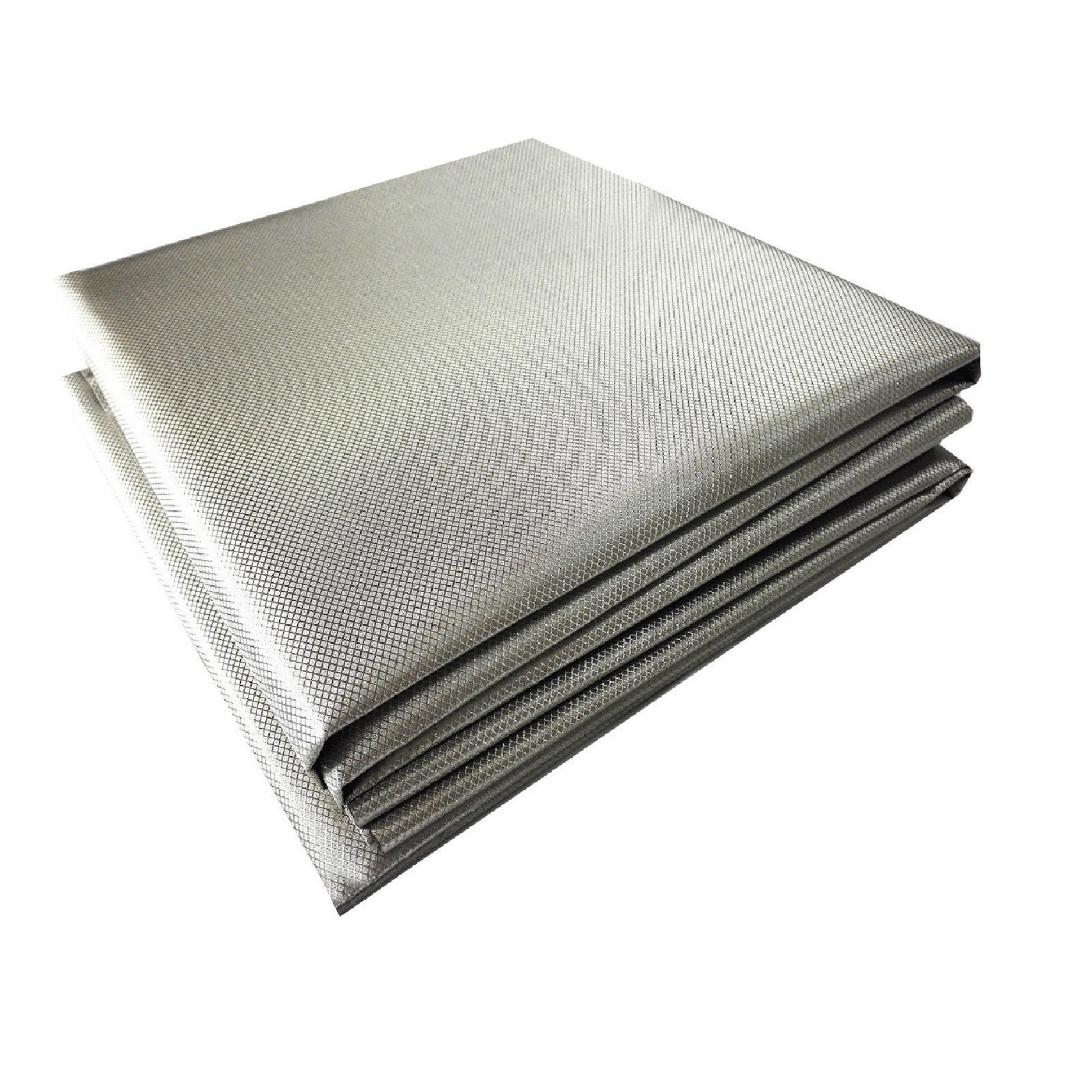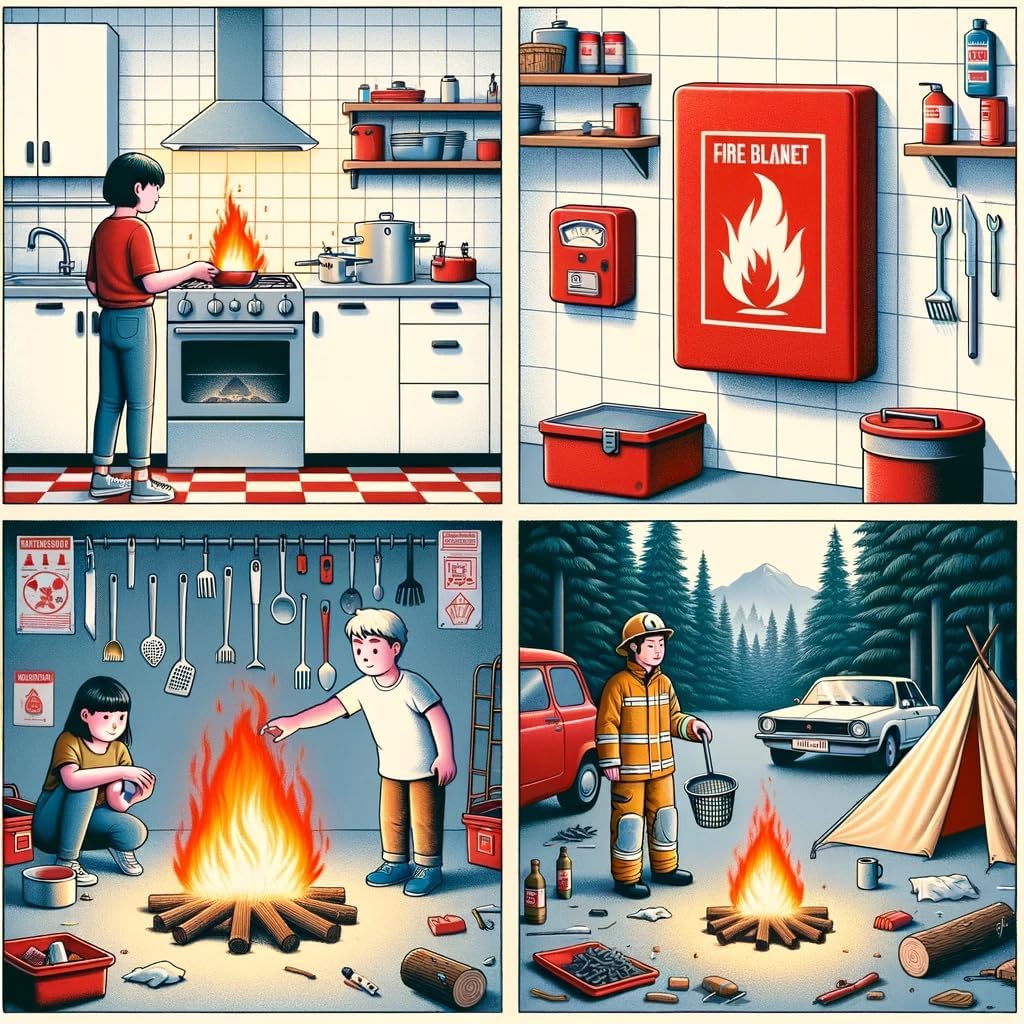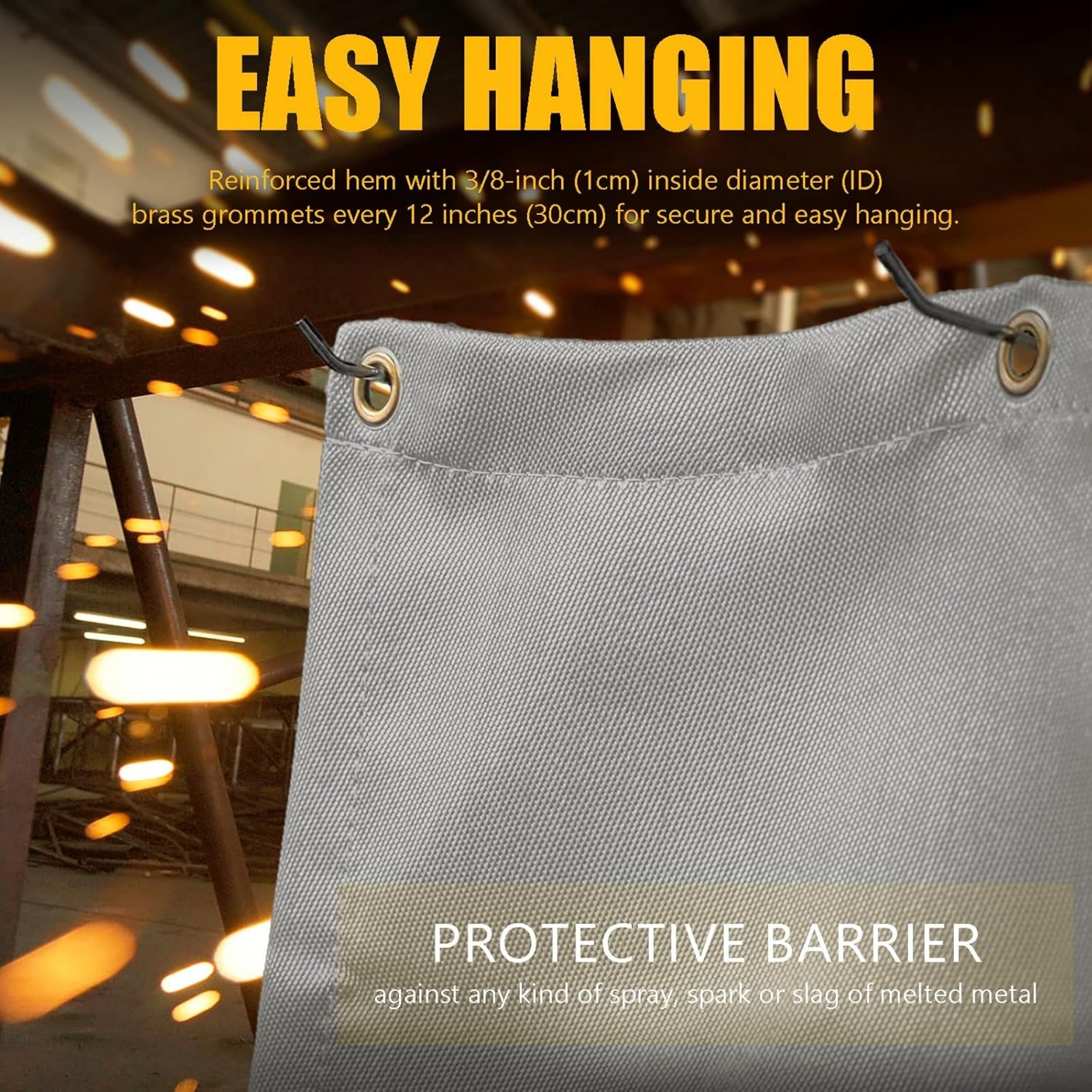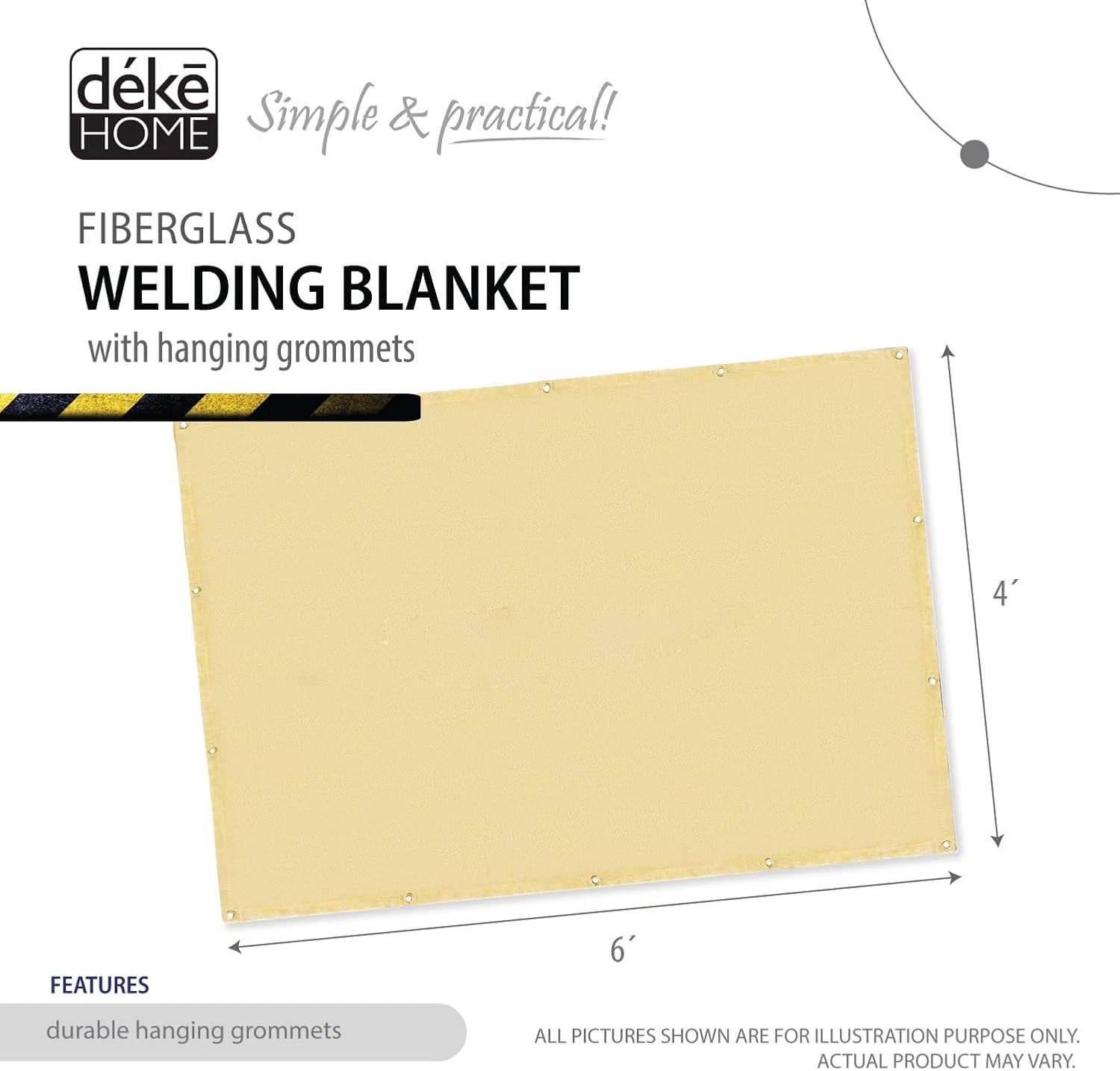Fire Emergency Blanket: Essential Safety Tool for Home & Workplace
Summary:A fire emergency blanket is a crucial safety device that smothers small fires by cutting off oxygen. This guide explains how it works, when to use it, proper techniques, and why every home should have one.
What Is a Fire Emergency Blanket?
You've probably seen a fire emergency blanket in kitchens or workshops - that folded square of fire-resistant material stored in a quick-release container. These blankets are made from fiberglass or specially treated wool that can withstand temperatures up to 900°F (482°C). When properly used, they smother flames by depriving them of oxygen.
When Should You Use a Fire Emergency Blanket?
Reach for your fire emergency blanket when:
- Small cooking oil fires start in your kitchen
- Clothing catches fire (wrap the person immediately)
- Electrical equipment sparks flames
- Small trash can or wastebasket fires occur
Never use water on grease or electrical fires - this makes them worse. Your fire emergency blanket is the safer choice.
How to Use a Fire Emergency Blanket Properly
Follow these steps for maximum effectiveness:
- Pull the tabs to quickly release the blanket from its case
- Hold the blanket with your hands protected behind it
- Gently place (don't throw) the blanket over the flames
- Leave it in place for at least 15 minutes
- Call emergency services if the fire doesn't extinguish immediately
Practice removing your fire emergency blanket before an emergency occurs - seconds count when fire breaks out.
Why Every Home Needs a Fire Emergency Blanket
Compared to fire extinguishers, fire emergency blankets offer several advantages:
- No messy chemical residue
- Simple operation - no pins to pull or levers to squeeze
- Reusable after proper inspection
- Compact storage - fits in kitchen drawers
- Safe for electrical and grease fires
The National Fire Protection Association recommends keeping one near cooking areas and workshops.
Maintenance and Replacement
Inspect your fire emergency blanket every 6 months:
- Check for tears or holes - even small ones compromise effectiveness
- Ensure the quick-release container opens easily
- Replace if the blanket shows discoloration or damage
Most manufacturers recommend replacing fire emergency blankets every 5-7 years, even if unused, as materials degrade over time.
Choosing the Right Fire Emergency Blanket
Look for these features when purchasing:
- UL or CE certification
- Appropriate size (minimum 40" x 40" for home use)
- Fiberglass material (more durable than wool)
- Clear usage instructions printed on the container
- Easy-open packaging (test in store if possible)
Invest in quality - your fire emergency blanket could save your home or even lives.
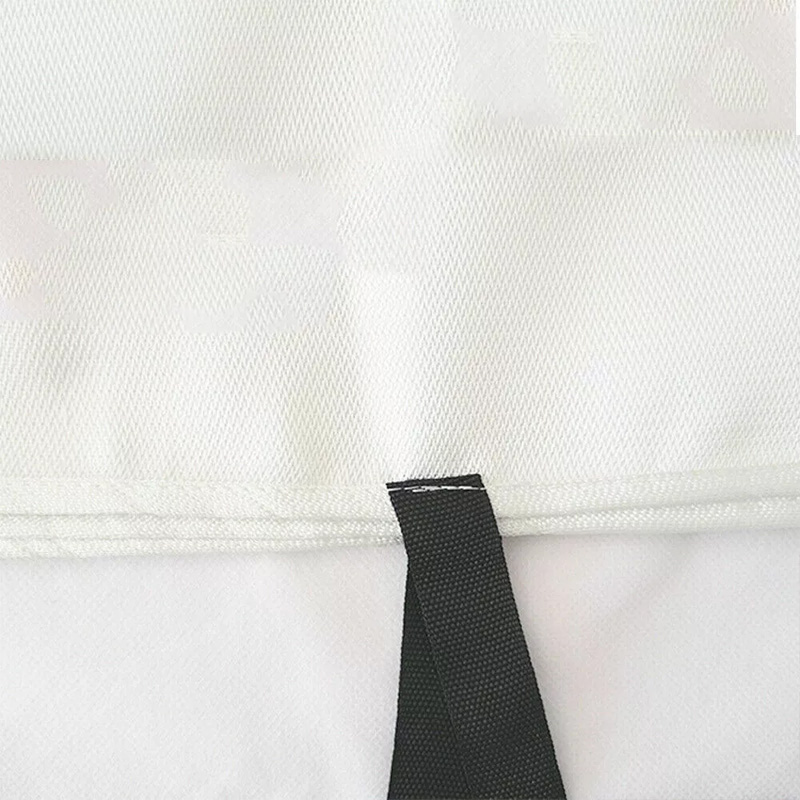
Fire Emergency Blanket vs. Extinguisher: Which to Choose?
For complete fire protection, you should have both. The fire emergency blanket excels for:
- Small, contained fires
- Grease and electrical fires
- Situations where you might hesitate to use an extinguisher
Fire extinguishers work better for larger fires and when you need to maintain distance from flames. Store both in accessible locations.
Final Safety Tips
Remember these key points about fire emergency blankets:
- Practice using it before an emergency
- Never attempt to reuse on another fire - get a new blanket
- If in doubt, evacuate and call firefighters
- Teach all household members how to use it
A fire emergency blanket provides simple, effective protection when seconds count. Make sure yours is accessible and ready when needed.


